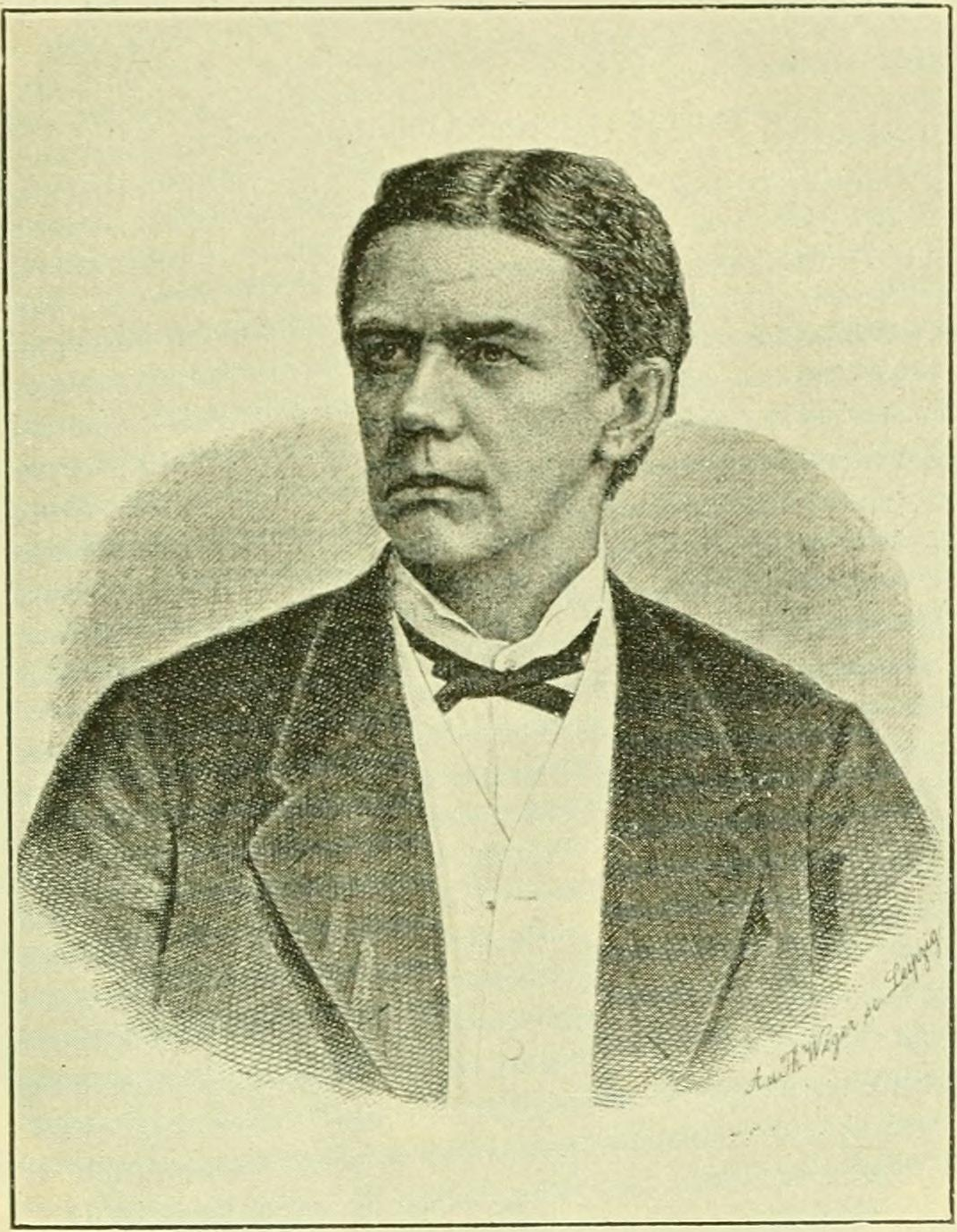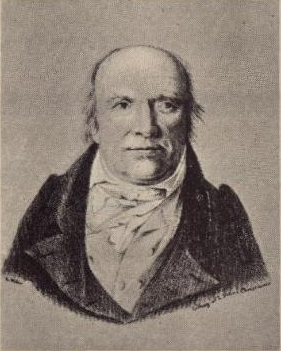|
Ice Age
An ice age is a long period of reduction in the temperature of Earth's surface and atmosphere, resulting in the presence or expansion of continental and polar ice sheets and alpine glaciers. Earth's climate alternates between ice ages and greenhouse periods, during which there are no glaciers on the planet. Earth is currently in the Quaternary glaciation. Individual pulses of cold climate within an ice age are termed '' glacial periods'' (or, alternatively, ''glacials, glaciations, glacial stages, stadials, stades'', or colloquially, ''ice ages''), and intermittent warm periods within an ice age are called '' interglacials'' or ''interstadials''. In glaciology, ''ice age'' implies the presence of extensive ice sheets in both northern and southern hemispheres. By this definition, Earth is currently in an interglacial period—the Holocene. The amount of anthropogenic greenhouse gases emitted into Earth's oceans and atmosphere is predicted to prevent the next glacial period for ... [...More Info...] [...Related Items...] OR: [Wikipedia] [Google] [Baidu] |
Quaternary Glaciation
The Quaternary glaciation, also known as the Pleistocene glaciation, is an alternating series of glacial and interglacial periods during the Quaternary period that began 2.58 Ma (million years ago) and is ongoing. Although geologists describe this entire period up to the present as an "ice age", in popular culture this term usually refers to the most recent glacial period, or to the Pleistocene epoch in general. Since Earth still has polar ice sheets, geologists consider the Quaternary glaciation to be ongoing, though currently in an interglacial period. During the Quaternary glaciation, ice sheets appeared, expanding during glacial periods and contracting during interglacial periods. Since the end of the last glacial period, only the Antarctic and Greenland ice sheets have survived, with other sheets formed during glacial periods, such as the Laurentide Ice Sheet, having completely melted. The major effects of the Quaternary glaciation have been the continental erosio ... [...More Info...] [...Related Items...] OR: [Wikipedia] [Google] [Baidu] |
Interglacial
An interglacial period (or alternatively interglacial, interglaciation) is a geological interval of warmer global average temperature lasting thousands of years that separates consecutive glacial periods within an ice age. The current Holocene interglacial began at the end of the Pleistocene, about 11,700 years ago. Pleistocene During the 2.5 million years of the Pleistocene, numerous glacials, or significant advances of continental ice sheets, in North America and Europe, occurred at intervals of approximately 40,000 to 100,000 years. The long glacial periods were separated by more temperate and shorter interglacials. During interglacials, such as the present one, the climate warms and the tundra recedes polewards following the ice sheets. Forests return to areas that once supported tundra vegetation. Interglacials are identified on land or in shallow epicontinental seas by their paleontology. Floral and faunal remains of species pointing to temperate climate and indicating a ... [...More Info...] [...Related Items...] OR: [Wikipedia] [Google] [Baidu] |
Goethean Science
Goethean science concerns the natural philosophy (German ''Naturphilosophie'' "philosophy of nature") of German writer Johann Wolfgang von Goethe. Although primarily known as a literary figure, Goethe did research in morphology, anatomy, and optics. He also developed a phenomenological approach to natural history, an alternative to Enlightenment natural science, which is still debated today among scholars. His works in natural history include his 1790 '' Metamorphosis of Plants'' and his 1810 book '' Theory of Colors''. His work in optics, and his polemics against the reigning Newtonian theory of optics, were poorly received by the natural history establishment of his time. Background The rationalist scientific method, which had worked well with inert nature (Bacon's ''natura naturata''), was less successful in seeking to understand vital nature (''natura naturans''). At the same time, the rational-empirical model based on the predominance of mentative thinking (German: ''sinn ... [...More Info...] [...Related Items...] OR: [Wikipedia] [Google] [Baidu] |
Louis Agassiz
Jean Louis Rodolphe Agassiz ( ; ) FRS (For) FRSE (May 28, 1807 – December 14, 1873) was a Swiss-born American biologist and geologist who is recognized as a scholar of Earth's natural history. Spending his early life in Switzerland, he received a PhD at Erlangen and a medical degree in Munich. After studying with Georges Cuvier and Alexander von Humboldt in Paris, Agassiz was appointed professor of natural history at the University of Neuchâtel. He emigrated to the United States in 1847 after visiting Harvard University. He went on to become professor of zoology and geology at Harvard, to head its Lawrence Scientific School, and to found its Museum of Comparative Zoology. Agassiz is known for observational data gathering and analysis. He made institutional and scientific contributions to zoology, geology, and related areas, including multivolume research books running to thousands of pages. He is particularly known for his contributions to ichthyological classification, ... [...More Info...] [...Related Items...] OR: [Wikipedia] [Google] [Baidu] |
Theodor Kjerulf
Theodor Kjerulf (30 March 182525 October 1888) was a Norwegian geologist and professor at the University of Oslo. He also served as director of the Norwegian Geological Survey. Biography He was born in Christiania (now Oslo), Norway. He was the son of Peder Kjerulf (1781–1841) and Elisabet Maria Lasson (1791–1873). He was the brother of composer Halfdan Kjerulf. He was educated in the Royal Frederick University (now University of Oslo) and subsequently studied in Germany, working with Karl Georg Bischof in Bonn and Robert Wilhelm Bunsen in Heidelberg. In 1858, he was hired as a lecturer at the Royal Frederick University. In 1866 he was promoted to professor of geology. His contributions to the geology of Norway were numerous. From 1858 to 1888, he served as the first director of the Norwegian Geological Survey (''Norges geologiske undersøkelse''), which he had been instrumental in establishing. He also contributed to the systematic and detailed mapping of Norway's ... [...More Info...] [...Related Items...] OR: [Wikipedia] [Google] [Baidu] |
Jostedalsbreen
Jostedal Glacier or is the largest glacier in continental Europe. It is in Vestland county in Western Norway. Jostedalsbreen lies in the municipalities of Luster, Sogndal, Sunnfjord, and Stryn. The highest peak in the area is Lodalskåpa at a height of . History In 1906, work was being done on footpaths that could accommodate tourists. Geography The Jostedal Glacier has a total area of . The highest point is Høgste Breakulen at above mean sea level. Branches of the glacier reach down into the valleys, for instance Bøyabreen in Fjærland and Nigardsbreen, both at above sea level. The thickest part of the glacier is . Jostedalsbreen has a length of a little more than and it is a part of the Jostedalsbreen National Park, which was established in 1991. The glacier covers over half of the national park. The glacier is maintained by the high snowfall rates in the region, not the cold temperatures. This means the glacier has high melting rates in its snouts. The Josted ... [...More Info...] [...Related Items...] OR: [Wikipedia] [Google] [Baidu] |
Rogaland
Rogaland () is a county in Western Norway, bordering the North Sea to the west and the counties of Vestland to the north, Vestfold og Telemark to the east and Agder to the east and southeast. In 2020, it had a population of 479,892. The administrative centre of the county is the city of Stavanger, which is one of the largest cities in Norway. Rogaland is the centre of the Norwegian petroleum industry. In 2016, Rogaland had an unemployment rate of 4.9%, one of the highest in Norway. In 2015, Rogaland had a fertility rate of 1.78 children per woman, which is the highest in the country. The Diocese of Stavanger for the Church of Norway includes all of Rogaland county. Etymology ''Rogaland'' is the region's Old Norse name, which was revived in modern times. During Denmark's rule of Norway until the year 1814, the county was named ''Stavanger amt'', after the large city of Stavanger. The first element is the plural genitive case of ''rygir'' which is probably referring to th ... [...More Info...] [...Related Items...] OR: [Wikipedia] [Google] [Baidu] |
Jens Esmark
Jens Esmark (31 January 1763 – 26 January 1839) was a Danish-Norwegian professor of mineralogy who contributed to many of the initial discoveries and conceptual analyses of glaciers, specifically the concept that glaciers had covered larger areas in the past. Biography Jens Esmark was born in Houlbjerg in Århus, Denmark. Esmark moved to Norway to the silver mining community of Kongsberg. He studied at the local mining academy. He completed his subsequent studies in Copenhagen and was accepted as a surveyor. Starting in 1797, Esmark was employed as a lecturer in mineralogy at the Kongsberg Mining Academy. In 1814, Esmark became Norway's first professor of geology as a professor of geology at the University of Oslo, and was described as "a pioneer in glacial geology", by professor of Quaternary geology and Glaciology Bjørn G. Andersen. In 1798, Esmark was the first person to ascend Snøhetta, highest in the mountain range Dovrefjell in southern Norway. The same year he ... [...More Info...] [...Related Items...] OR: [Wikipedia] [Google] [Baidu] |
Vostok Petit Data
Vostok refers to east in Russian but may also refer to: Spaceflight * Vostok programme, Soviet human spaceflight project * Vostok (spacecraft), a type of spacecraft built by the Soviet Union * Vostok (rocket family), family of rockets derived from the Soviet R-7 Semyorka ICBM designed for the human spaceflight programme * Vostok (crater), a crater explored by the Mars rover Opportunity * Vostok 1, the first human spaceflight Places * Vostok Island, located in the south of Kiribati's Line Islands * Uschod (Minsk Metro) (Russian name ''Vostok''), a station of Minsk Metro, Minsk, Belarus * Vostok Rupes, a mountain chain on planet Mercury Antarctica * Cape Vostok, the west extremity of the Havre Mountains and the northwest extremity of Alexander Island * Vostok Station, Russian (originally Soviet) Antarctic research station * Lake Vostok, a subglacial lake located beneath Vostok Station * Vostok Subglacial Highlands, an east extension of Gamburtsev Subglacial Mountains Russi ... [...More Info...] [...Related Items...] OR: [Wikipedia] [Google] [Baidu] |





